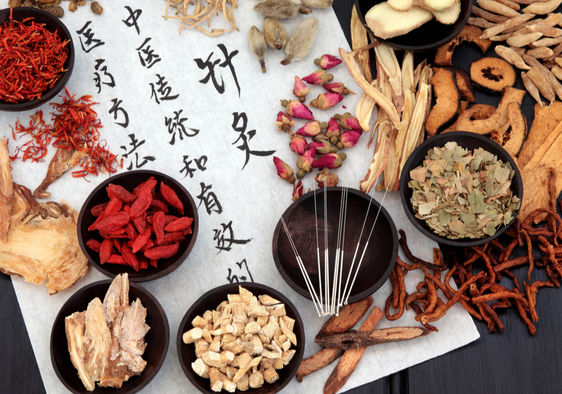In a world filled with modern medical advancements, there is a growing interest in exploring the ancient healing practices of Traditional Chinese Medicine (TCM). Rooted in a rich history spanning thousands of years, TCM offers a holistic approach to health and wellness that goes beyond merely treating symptoms. This article delves into the power of Traditional Chinese Medicine, unveiling its unique healing philosophy and its relevance in today’s world.
Embracing the Wisdom of Nature:
At the heart of Traditional Chinese Medicine lies the belief that human beings are intimately connected to the natural world. Drawing inspiration from the harmony and balance observed in nature, TCM views the body as a microcosm of the universe. By understanding the dynamic interplay of opposing forces, such as Yin and Yang, TCM seeks to restore harmony and equilibrium within the body.
Yin and Yang: Balancing the Forces Within:
The concept of Yin and Yang is a cornerstone of Traditional Chinese Medicine. Yin represents the feminine, cool, and nourishing aspects, while Yang embodies the masculine, warm, and active qualities. Health is believed to be achieved when these opposing forces are in a state of dynamic balance. TCM treatments aim to rebalance Yin and Yang, facilitating the body’s innate ability to heal itself.
Qi: Vital Energy for Life:
Central to Traditional Chinese Medicine is the concept of Qi (pronounced “chee”), often referred to as vital energy or life force. Qi flows through meridians, energy channels that traverse the body. When the flow of Qi is smooth and unobstructed, health is maintained. TCM treatments, such as acupuncture and Qi Gong, work to regulate and harmonize the flow of Qi, addressing imbalances and promoting overall well-being.
The Five Elements: Exploring Inner Harmony:
In Traditional Chinese Medicine, the Five Elements theory (Wood, Fire, Earth, Metal, and Water) offers a framework for understanding the interconnectedness of organs, emotions, and seasons. Each element corresponds to specific organs and qualities, and imbalances within the elements can manifest as physical or emotional ailments. By identifying and addressing these imbalances, TCM seeks to restore harmony and promote healing.
Herbal Medicine: Nature’s Pharmacy:
Herbal medicine is an integral component of Traditional Chinese Medicine. TCM practitioners harness the power of medicinal herbs, minerals, and animal substances to restore balance and promote health. Unlike isolated compounds used in Western medicine, TCM herbal formulations often combine multiple ingredients to create synergistic effects that address the root cause of imbalances.
Acupuncture: The Art of Balanced Energy:
Acupuncture, one of the most well-known TCM practices, involves the insertion of thin needles into specific points along the body’s meridians. These points correspond to energy pathways that connect to various organs and systems. By stimulating these points, acupuncture aims to regulate the flow of Qi, promoting balance and facilitating the body’s natural healing mechanisms.
Holistic Approach to Wellness:
Traditional Chinese Medicine takes a holistic approach to wellness, recognizing the intricate connection between the body, mind, and spirit. TCM practitioners consider not only physical symptoms but also emotional and environmental factors when diagnosing and treating ailments. By addressing the root cause and restoring balance on multiple levels, TCM offers a comprehensive approach to well-being.

Traditional Chinese Medicine holds a unique place in the world of healing, with its ancient wisdom offering a profound understanding of the interconnectedness between humans and nature. By embracing the principles of Yin and Yang, harnessing the flow of Qi, and utilizing the power of herbal medicine and acupuncture, TCM provides a holistic approach to health and wellness. In a world seeking alternative and complementary therapies, the power of Traditional Chinese Medicine continues to captivate and inspire, offering a time-tested path to healing and harmony.









